
Let's face it.....most people fly fish with the bobber nowadays. It seems that when there's not a hatch, out comes the bobber (with a streamer thrown here and there). This method is undoubtedly effective and there's good reason why this method dominates. However, sometimes on certain types of water, this method doesn't seem as effective. I'm not going to lie, I was a slave to the bobber myself up until this past year, but given my newfound interest in swinging flies, soft hackles were one weapon I could fish with that method. These flies are profoundly simple and have been around probably just as long as fly fishing, but on today's pressured waters, confidence can be found swinging one. One of my local watersheds just isn't good nymphing water in my opinion. The structure of this river doesn't lend itself well to bobber fishing. Swinging is the way to go here and definitely my favorite style of fishing (maybe even more than the dry fly). Numbers of fish caught is something people throw around and on certain water types I feel the swung soft hackle will produce more fish. Oftentimes even in the middle of the day a soft hackle will grab a fish's attention. There's just something about it that elicits an aggressive reaction and a strong take. Anyway, here's an example of a simple soft hackle to get started with.
Materials
Hook: Tiemco 3769
Size: 14
Thread: Danville 6/0 Tan
Rib: Gold wire, Brassie size
Body: Tan UV Ice Dub
Collar: Hungarian Partridge
1. Wrap the thread on the hook shank
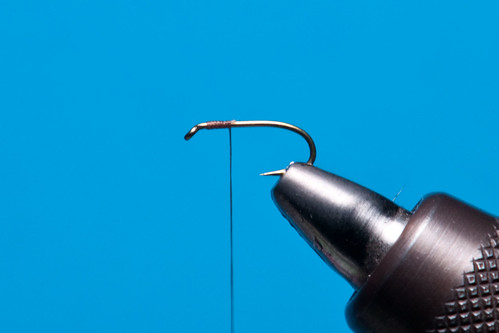
2. Tie in a piece of gold wire to about the bend of the hook.

3. Dub the body. Make sure to taper the body as you wrap forward.
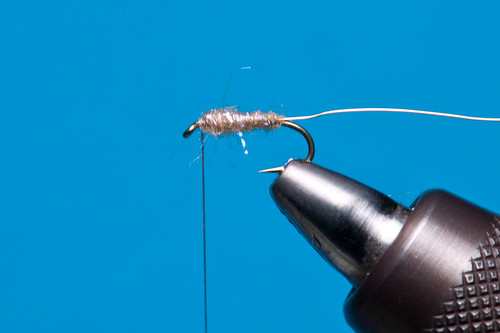
4. Rib the dubbing with the gold wire by counter wrapping it (wrap in the opposite direction of the dubbing) and tie off the wire about an eye length back.
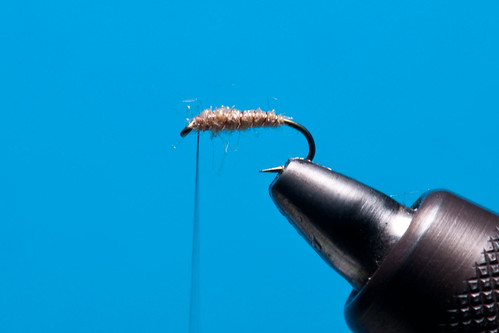
5. Prepare a hackle for the collar. To do this, pull off the fluff of the feather and stroke back the hackle fibers from the tip of the feather where you wish to tie it in at. The hackle fibers should extend farther than the hook bend.
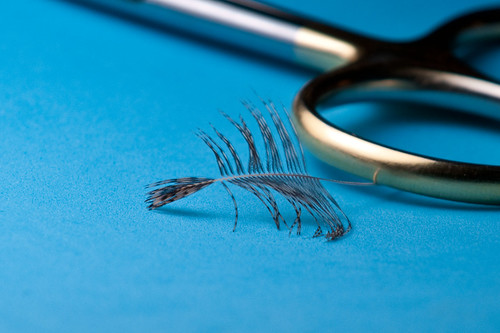
6. Tie in the hackle.
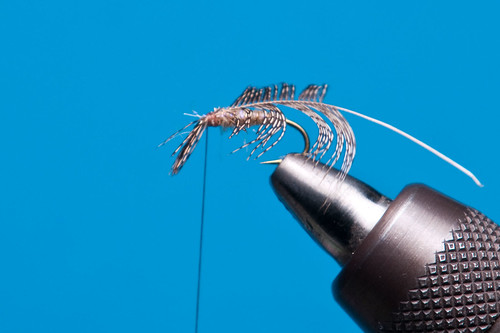
7. Wrap the hackle collar in and whip finish. When wrapping the fibers, make sure to stroke the feathers back as you wrap.
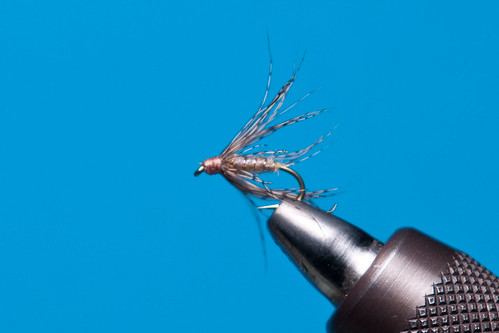
This is just a basic soft hackle. One can get as creative as they wish with these flies. Try different methods and materials. The fish most likely won't care much, but you'll develop confidence in certain patterns. The one in the tutorial is extremely simple but one of my favorites. Caddis colors often work well also. Creativity in these flies can make them fun to tie. Other good hooks to use are the Tiemco 3761 and the Tiemco 200R. The 200R resembles an Alec Jackson spey hook to me and has quite an awesome curve. I've tied some of my favorite steelhead patterns on these hooks for trout and they've worked quite well. Well, next time your out on the river and having trouble getting into fish, give a soft hackle a try. You might be surprised! Plus the bobber can use a break now and then!
(A few examples of traditional steelhead type wet flies tied on 200R's. These two patterns work great for trout.)

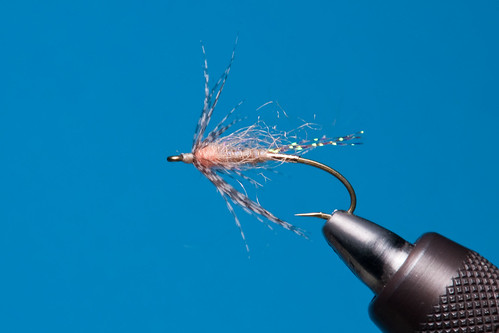
Stay fly,
T

No comments:
Post a Comment